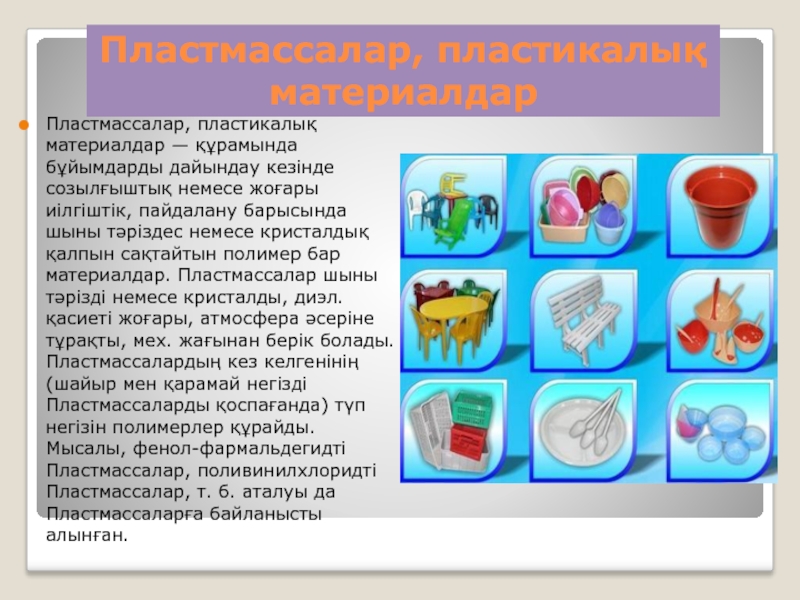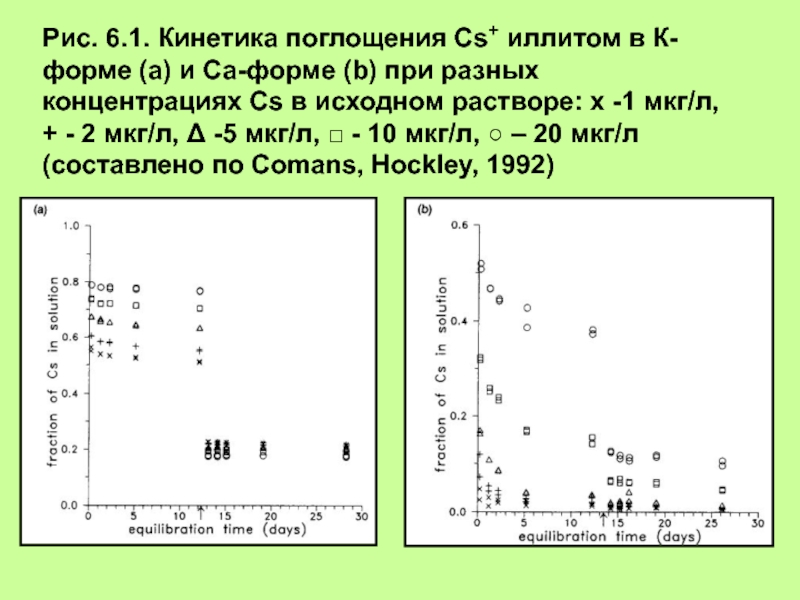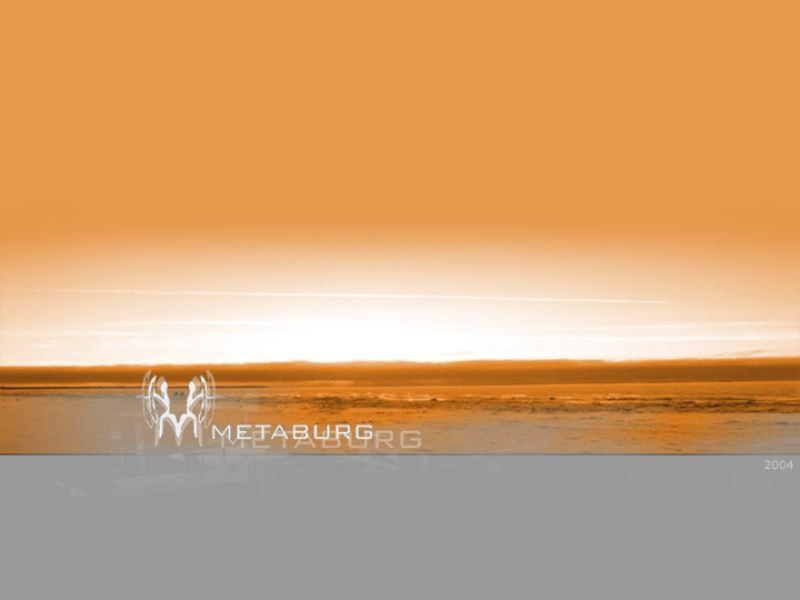INTRODUCTION
EXPERIMENTAL
RESULTS
Top-side (A,C) and cross-sectional (B,D) FESEM views of the TiNT film before (A,B) and after AC treatment in the solution containing 0.1 Cu(CH3COO)2 + 0.1 mol L-1 Mg(CH3COO)2 + CH3COOH up to pH 5.3 at a constant current density of 0.5 A dm-2 for 10 min. TiNT was formed by Ti surface anodizing in the Etg solution containing 0.3 NH4F and 2.0 wt% H2O at 50 V for 40 min followed voltage degrease by 1.0 V min-1 down to 30 V and calcination at 500 ºC for 2 h.
One can expect that owing to semiconducting properties of crystalline TiNT films alternating current can be an effective approach towards deposition of various materials inside the TiNTs providing that suitable solution composition and treatment regime is chosen. From the SEM images the covering of TiO2nanotubewalls and TiNT film surface with numerous particles can be clearly seen.
Note that just after ten minutes of AC treatment at alternating current density (jac) of 0.35 A dm−2 the inner diameter of TiO2 tubes (45-50 nm in diameter at the open end) narrowed significantly but remained unclogging. Moreover, the AC treatment results in quiteuniform deposition of nm-scaled species both inside and outside the tubes along the nanotube length of approximately 5.5 nm in the case of TiNT films formed during 30 min. Again, the con-tent of deposited material and the size of particles can be easily controlled by duration of AC treatment and processing regime.
In our studies we employed quite wide range of AC current densities, starting from ∼ 0.15 A dm−2. However, in the case of jac ≥ 0.5 Adm−2 or longer deposition times even at jac ≥ 0.35 A dm−2, TiNT films were destroyed in the corners at some points of a specimen and peeled off from the Ti substrate.
REFERENCES
The current–time curves for Ti anodizing in ethylene glycol solution containing NH4F and water at constant voltages of 30, 40 and 60 V
CONTACTS
Dr. Renata Karpič, State Scientific Research Institute Center for Physical Sciences and Technology, Vilnius, Lithuania, e-mail: renata.karpicz@ftmc.lt
Dr. Igor Vrublevsky, Belarusian State University of Informatics and Radioelectronics, Minsk, Belarus, e-mail: vrublevsky@bsuir.edu.by
Material: 99.7 % Ti foil (Aldrich), 0.127 mm thickness
Procedure:
Pretreatment: ultrasonic clearing in acetone, ethanol, and water, 6 min in each
Anodizing: in ethylene glycol (Etg) solution with 0.3 wt. % NH4F and 2 wt. % H2O at 20 ◦C, 50 V, 40 min, followed voltage degrease by 1.0 V min-1 down to 30 V
Posttreatment: ultrasonic agitation in ethanol for 5 s
Heat treatment: 500 ◦C, 10 ◦ min -1, 2 h
AC treatment: in the aqueous solution containing 0.1 Cu(CH3COO)2 + 0.1 mol L-1 Mg(CH3COO)2 + CH3COOH up to pH 5.3 at a constant current density of 0.5 A dm-2 for 10 min
Characterization: the current-time curves were recorded to control the anodizing process
top-side and cross-sectional FESEM views of the TiNT film before and after AC treatment were analyzed by field emission scanning electron microscopy
The ultrasonic agitation in ethanol (posttreatment) of the samples is neccesary in order to remove the debris from the surface of TiNT.
1State Scientific Research Institute Center for Physical Sciences and Technology, Vilnius, Lithuania
2Belarusian State University of Informatics and Radioelectronics, Minsk, Belarus
Renata Karpič1, Jelena Kovger1, Igor Vrublevsky2, Katsiaryna Chernyakova2
Effect of anodizing parameters on growth of selfordering TiO2 nanotubes
17-19 June 2015, Vilunius, Lithuania
TiNT before treatment
[1] A. Jagminas, J. Kovger, A. Rėza, G. Niaura, J. Juodkazytė, A. Selskis, R. Kondrotas, B. Šebeka, J. Vaičiūnienė, Electrochim. Acta 125 516 (2014).
[2] A. Haring, A. Morris, and M. Hu, Materials 5 1890 (2012).
TiNT after treatment
CONCLUSIONS
The influence of parameters such as applied voltages, anodizing time, electrolyte temperature and pH of electrolyte on the outer diameter of nanotubes and length of TiO2 nanotubes were investigated. In the experiments the following parameters were used: applied voltage from 30 to 60; electrolyte temperature from 5 to 40 °C; 6, 7 and 8 for pH of electrolyte and 3, 6 and 10 h for anodizing time. It was shown that nanotube length increased with increasing voltage, temperature and anodizing time. Also outer diameter of nanotube increased with increasing voltage and temperature, whereas outer diameter of nanotubes decreased significantly with increasing pH and no considerable change was observed with increasing anodizing time.
It was shown that through alternating current treatments of TiNT film in the aqueous solution of Cu(II) and Mg(II) acetates a uniform loading of pure Cu2O nanocrystals in various amounts onto and inside the TiO2 nanotubes can be obtained.






